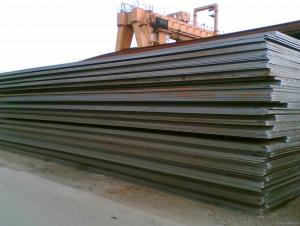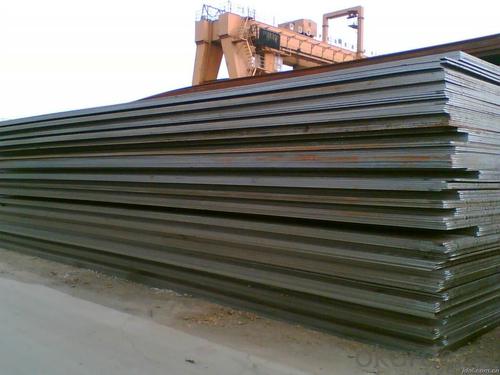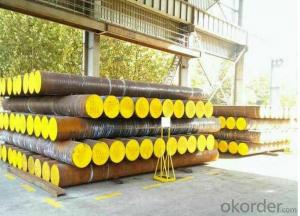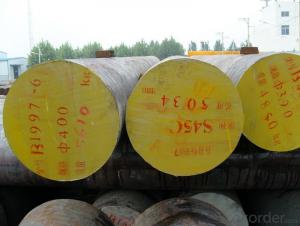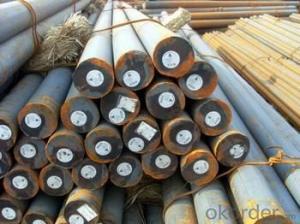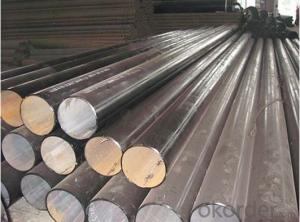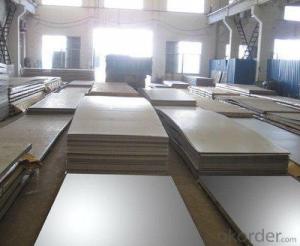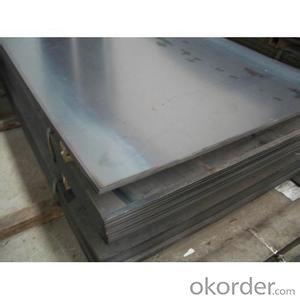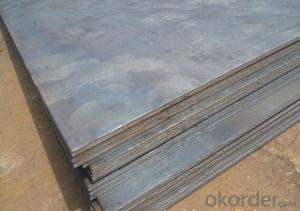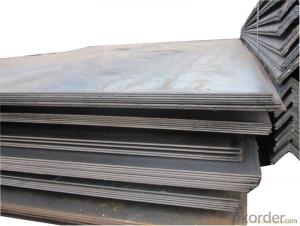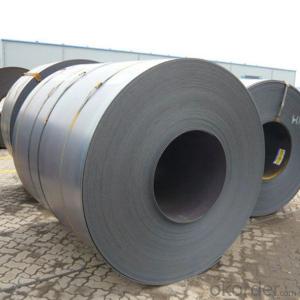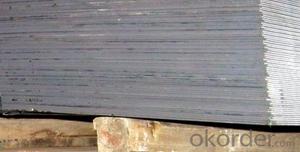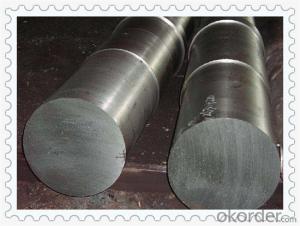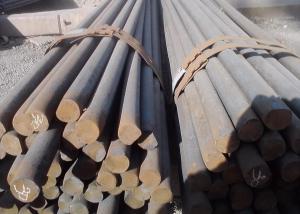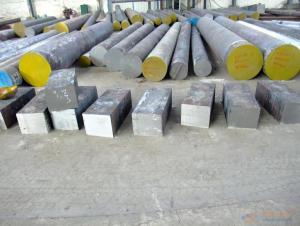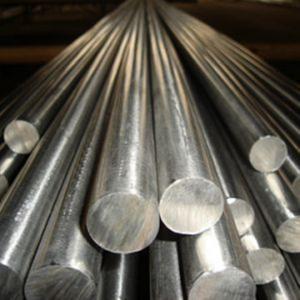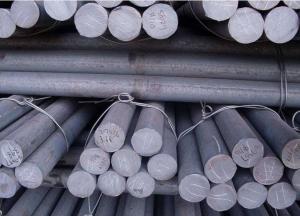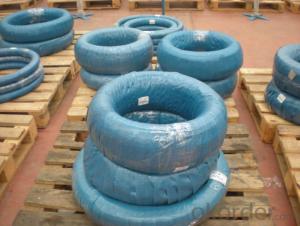Hot Rolled Mild Steel Plate Q235 Carbon Steel Sheet
- Loading Port:
- China main port
- Payment Terms:
- TT OR LC
- Min Order Qty:
- 30 m.t.
- Supply Capability:
- 10000 m.t./month
OKorder Service Pledge
OKorder Financial Service
You Might Also Like
Specification
Product Information
Product | Q235 carbon steel sheet |
Place of origin | China mainland |
MOQ | 25 ton |
Thickness | 1.0mm-6.0mm |
Width | 1000mm-2000mm |
Length | 2000mm-3000mm |
Application | widely |
Standard | AISI,ASTM,DIN,JIS,GB,etc |
Tpye | Steel plate |
Surfacing | Coated |
Productive Technology | Hot Rolled & Cold Rolled |
Price | Negotiable. |
Port | Dalian |
Payment Terms | D/P,T/T,Western Union,MoneyGram |
Product Ability | 1000 tons per month |
Packing | standard seaworthy export packing or as the request of customers |
Product Show

Workshop Show
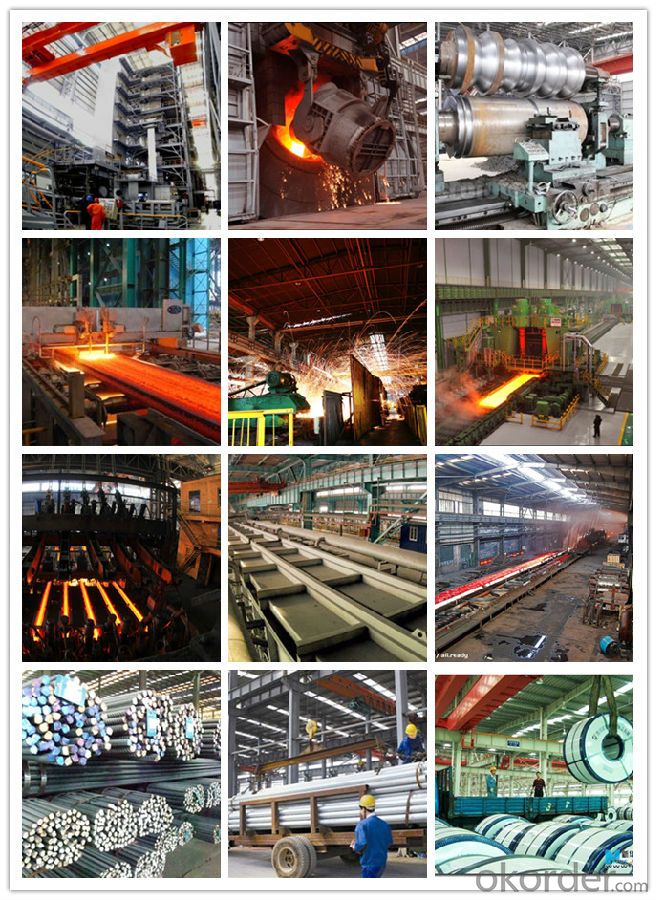
Shipping
1. FedEx/DHL/UPS/TNT for samples, Door-to-Door;
2. By Air or by Sea for batch goods, for FCL; Airport/ Port receiving;
3. Customers specifying freight forwarders or negotiable shipping methods!
Delivery Time: 3-7 days for samples; 5-25 days for batch goods.
Payment Terms
1.Payment: T/T, L/C, Western Union, MoneyGram,PayPal; 30% deposits; 70% balance before delivery.
2.MOQ: 1pcs
3.Warranty : 3 years
4.Package Informations: 1) EXPORT, In 20 feet (GW 25 ton) or 40 feet Container (GW 25 ton)
2)as customer's requirement
Why choose us?
(1) The leading exporter in China special steel industry.
(2) Large stocks for various sizes, fast delivery date.
(3) Good business relationship with China famous factories.
(4) More than 7 years steel exporting experience.
(5) Good after-sales service guarantee.
- Q: How is special steel used in the mining industry?
- Special steel is widely used in the mining industry due to its exceptional properties such as high strength, durability, and resistance to wear and corrosion. It is utilized in various applications including the manufacturing of drilling tools, crushing equipment, conveyor systems, and structural components for mining machinery. Additionally, special steel is used in the production of wear-resistant plates and liners, which protect mining equipment from abrasion and extend their lifespan. This type of steel plays a crucial role in enhancing the efficiency and safety of mining operations.
- Q: What are the different classifications of special steel?
- There are several classifications of special steel, including stainless steel, tool steel, high-speed steel, alloy steel, and carbon steel.
- Q: How is nitriding steel used in the production of tools and dies?
- Nitriding steel is used in the production of tools and dies because it significantly enhances their surface hardness, wear resistance, and overall durability. This process involves diffusing nitrogen into the steel's surface, forming a hard layer that helps resist wear, abrasion, and corrosion. Nitrided tools and dies are therefore capable of withstanding heavy usage and high temperatures, which are common in manufacturing processes.
- Q: How is stainless steel used in the production of kitchen utensils?
- Stainless steel is commonly used in the production of kitchen utensils due to its durability, corrosion resistance, and aesthetic appeal. It is used to make various utensils such as knives, forks, spoons, pots, pans, and cooking tools. The stainless steel material ensures that these utensils can withstand frequent use, resist rust and staining, and are easy to clean, making them ideal for use in the kitchen.
- Q: What are the different methods of preventing hydrogen-induced cracking in special steel?
- To prevent hydrogen-induced cracking in special steel, various methods can be utilized: 1. Preheating the steel prior to welding or any high-temperature process can lower the possibility of hydrogen-induced cracking. This technique slows down the cooling rate, allowing hydrogen to dissipate before causing any cracks. 2. Employing specific heat treatment processes like stress relieving or post-weld heat treatment helps alleviate hydrogen-induced cracking. These processes decrease residual stresses and facilitate hydrogen diffusion, minimizing the risk of cracking. 3. Opting for steel alloys with higher resistance to hydrogen-induced cracking is an effective preventive measure. Certain steel compositions, such as low carbon or low alloy steels, demonstrate reduced susceptibility to cracking in the presence of hydrogen. 4. Ensuring proper control of hydrogen during welding is crucial. This can be achieved by utilizing low-hydrogen welding consumables, such as electrodes, and guaranteeing adequate shielding gas coverage to prevent atmospheric moisture from contaminating the weld. 5. Managing stress on the steel during welding or operation is essential in preventing cracking. This can be accomplished by employing appropriate welding techniques, such as avoiding excessive heat input or rapid cooling rates, and minimizing the introduction of tensile stresses during welding. 6. Applying protective coatings or surface treatments acts as a barrier against hydrogen absorption, reducing the risk of hydrogen-induced cracking. 7. Optimizing the welding parameters, including current, voltage, and travel speed, can help reduce the chances of hydrogen-induced cracking. Adjusting these parameters allows control over heat input and cooling rate, thus minimizing hydrogen absorption and subsequent cracking. It is important to note that a combination of these preventive measures is often necessary to effectively mitigate the risk of hydrogen-induced cracking in special steel. Additionally, implementing proper inspection and quality control procedures is crucial to ensure the integrity of the steel and detect any cracks or defects.
- Q: What are the different methods of preventing stress relaxation in special steel?
- Preventing stress relaxation in special steel can be achieved through various methods. One effective approach is the utilization of heat treatment, specifically by employing the annealing process. Annealing consists of heating the steel to a specific temperature and gradually cooling it down. This technique successfully alleviates internal stresses within the steel, thus preventing stress relaxation. Another effective method involves employing stress relieving techniques. These techniques necessitate the controlled application of stress to the steel, typically through cold working or mechanical deformation. By doing so, the steel can effectively release any accumulated stress and avoid relaxation over time. Furthermore, incorporating alloying elements into the steel can also aid in preventing stress relaxation. Certain alloying elements, such as molybdenum and chromium, enhance the steel's strength and stability, thereby improving its resistance to stress relaxation. Lastly, meticulous design and engineering of components also contribute to the prevention of stress relaxation. Engineers can minimize the risk of stress relaxation in special steel applications by considering factors such as load distribution, material thickness, and stress concentration points. In conclusion, a combination of heat treatment, stress relieving techniques, alloying elements, and thoughtful design can be employed to effectively prevent stress relaxation in special steel.
- Q: Can special steel be used for jewelry?
- Yes, special steel can be used for jewelry. Special steel, such as stainless steel or titanium, is often used for making contemporary and modern jewelry pieces due to its durability, resistance to tarnish and corrosion, and affordability. It offers a unique and sleek aesthetic and can be crafted into various designs, making it a popular choice for jewelry makers and wearers alike.
- Q: What are the different methods of strengthening special steel?
- There are several methods to strengthen special steel, including heat treatment, cold working, alloying, and precipitation hardening. Heat treatment involves heating the steel to a specific temperature and then cooling it rapidly or slowly to alter its microstructure and improve its strength. Cold working involves subjecting the steel to mechanical stress, such as rolling or bending, to increase its strength. Alloying involves adding other elements to the steel to enhance its properties, such as manganese, chromium, or nickel. Precipitation hardening involves a two-step process of solution treatment and aging, where the steel is heated and then cooled to form precipitates that strengthen the material.
- Q: What are the different impact-resistant grades of special steel?
- There are various impact-resistant grades of special steel, including AR400, AR500, AR550, and AR600. These grades are specifically designed to withstand high levels of impact and abrasion, making them suitable for applications such as construction equipment, industrial machinery, and mining tools.
- Q: What are the properties of die steel?
- Die steel is a type of tool steel known for its high hardness, wear resistance, and toughness. It possesses excellent dimensional stability, allowing it to maintain its shape and size even under extreme temperature variations. Die steel also has good machinability and can be easily shaped and formed into intricate designs. Additionally, it offers high thermal conductivity, enabling efficient heat transfer during the die-casting process.
Send your message to us
Hot Rolled Mild Steel Plate Q235 Carbon Steel Sheet
- Loading Port:
- China main port
- Payment Terms:
- TT OR LC
- Min Order Qty:
- 30 m.t.
- Supply Capability:
- 10000 m.t./month
OKorder Service Pledge
OKorder Financial Service
Similar products
Hot products
Hot Searches
Related keywords
